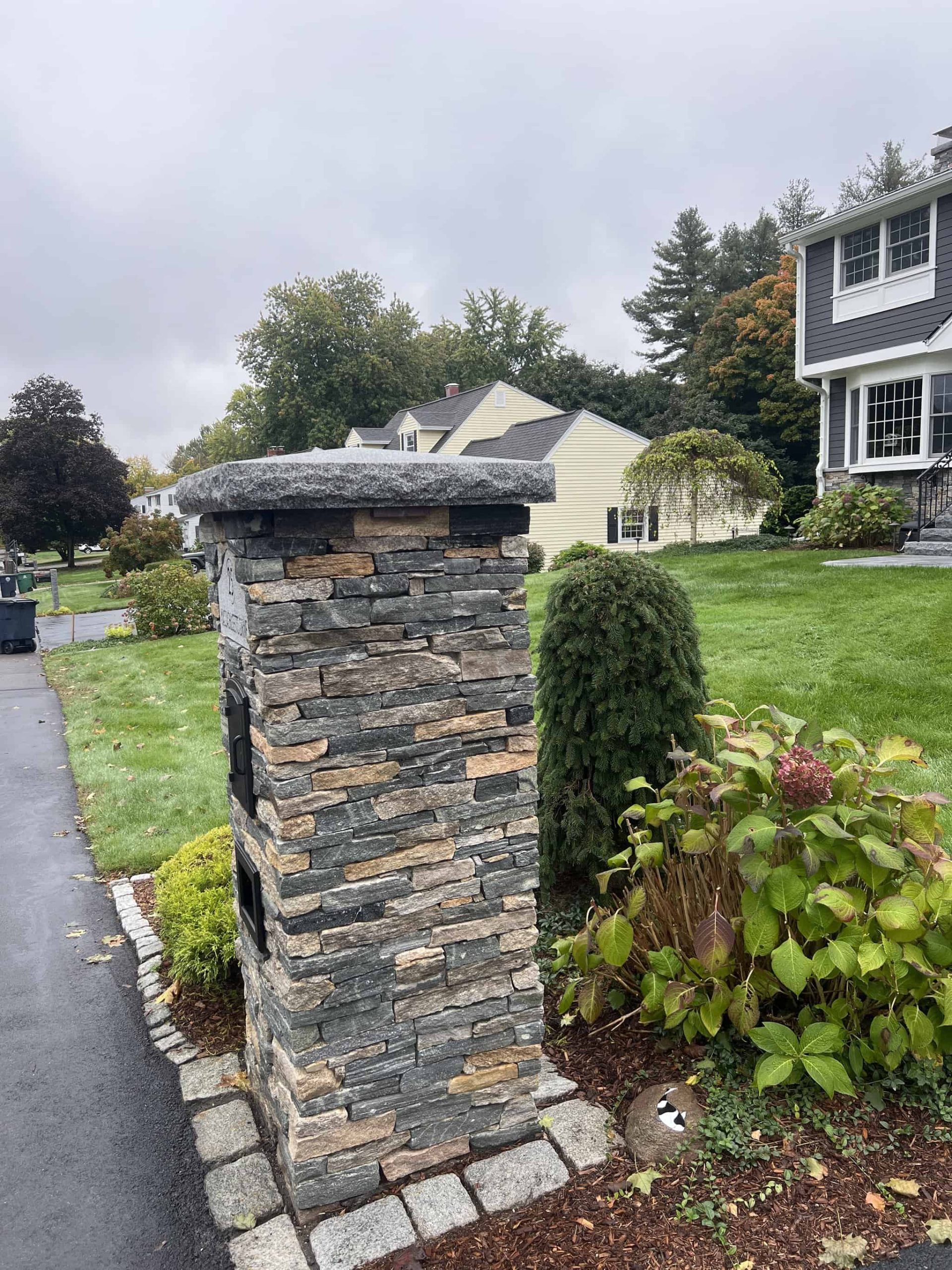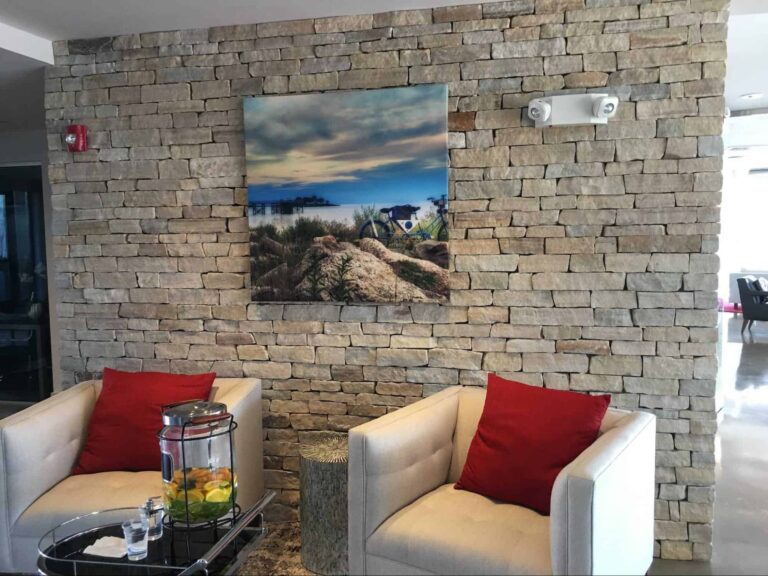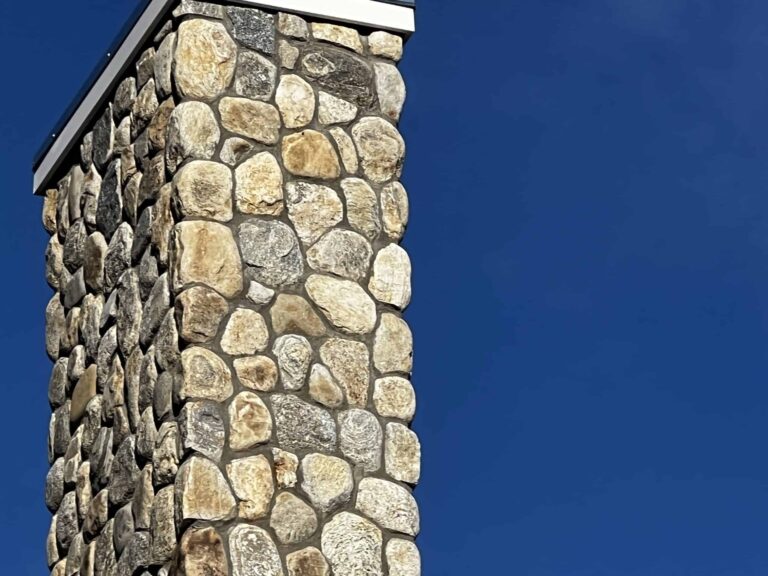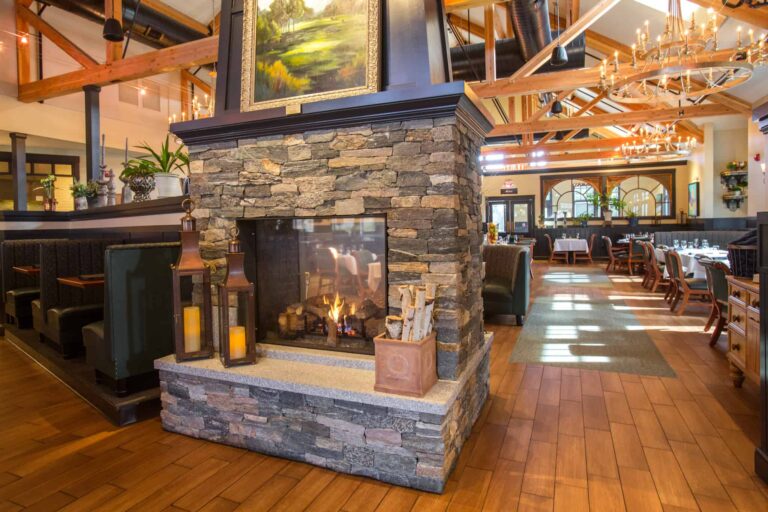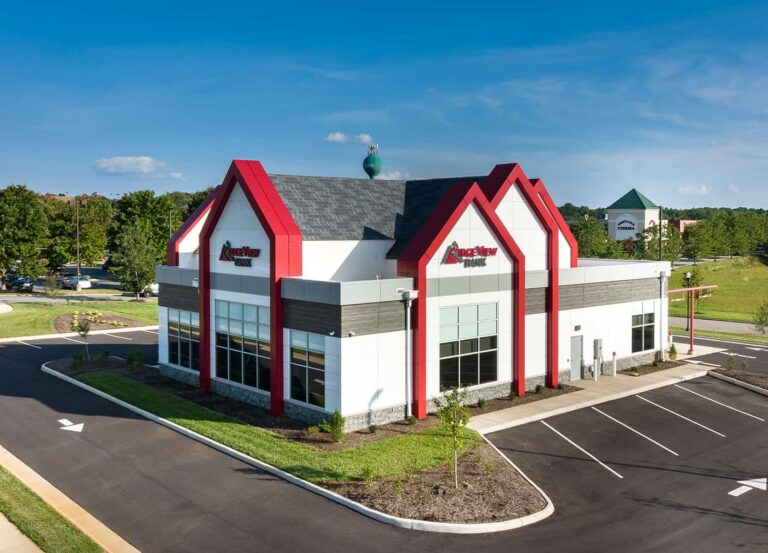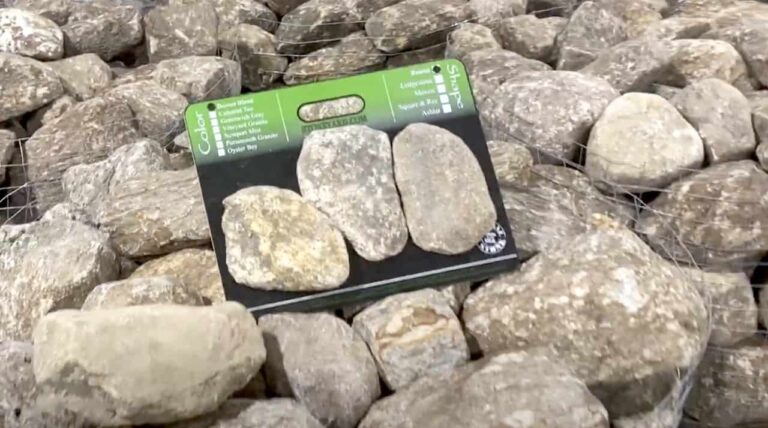Veneer Showdown: Thin Veneer vs Building Veneer
When it comes to adding a natural and rustic touch to your home’s exterior, building veneer and natural thin stone veneer are two popular options. Both offer a beautiful and durable solution, but they have distinct characteristics that set them apart. Let’s dive into the similarities and differences between these two materials.
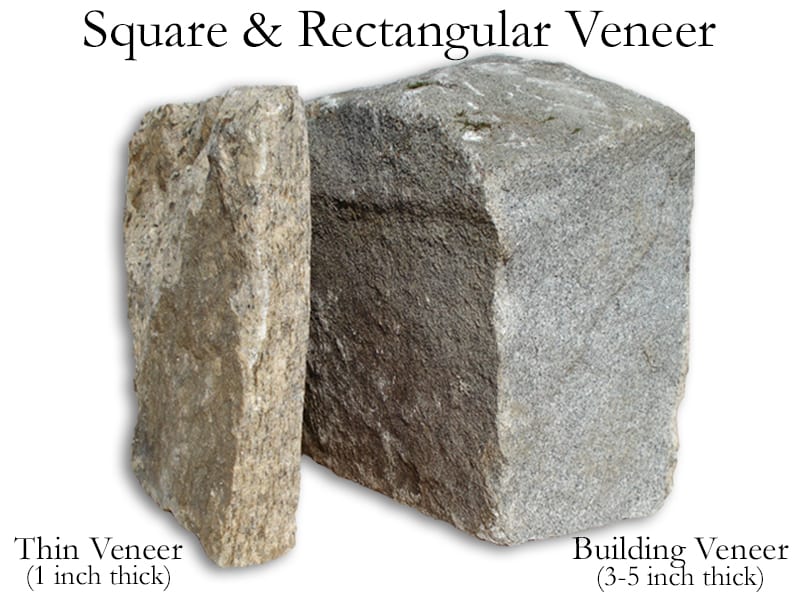
Similarities
- Aesthetic Appeal: Both building veneer and natural thin stone veneer provide a visually appealing and natural look for your home’s exterior. They can add texture, color, and character to your walls.
- Durability: Both materials are known for their durability and resistance to weathering. They can withstand harsh weather conditions, including rain, snow, and temperature fluctuations.
- Low Maintenance: Once installed, both building veneer and natural thin stone veneer require minimal maintenance. Occasional cleaning is typically sufficient to keep them looking their best.
Differences
- Thickness: Building Veneer is thicker than natural thin stone veneer. Building Veneer ranges from 3 to 5 inches in thickness. Thin Stone Veneer is average 0.75 to 1.25 inches in thickness.
- Weight: Thin stone veneer is lighter than building veneer. Thin stone veneer weighs 14 lbs per square foot or less, while building veneer can weigh up to 60 lbs per square foot.
- Ease of Installation: Due to its lightweight nature, thin veneer can be directly applied to a masonry surface using mortar as an adhesive, while the heavier building veneer requires a footing for support.
Applications: When to Use Building Veneer Vs Thin Veneer
In many cases, you can use both building veneer or thin stone veneer. However, there are some cases where one is preferred over the other. Ultimately, you must consider how much weight you’d like to work with.
Here’s an example of when you may choose building veneer over thin veneer:
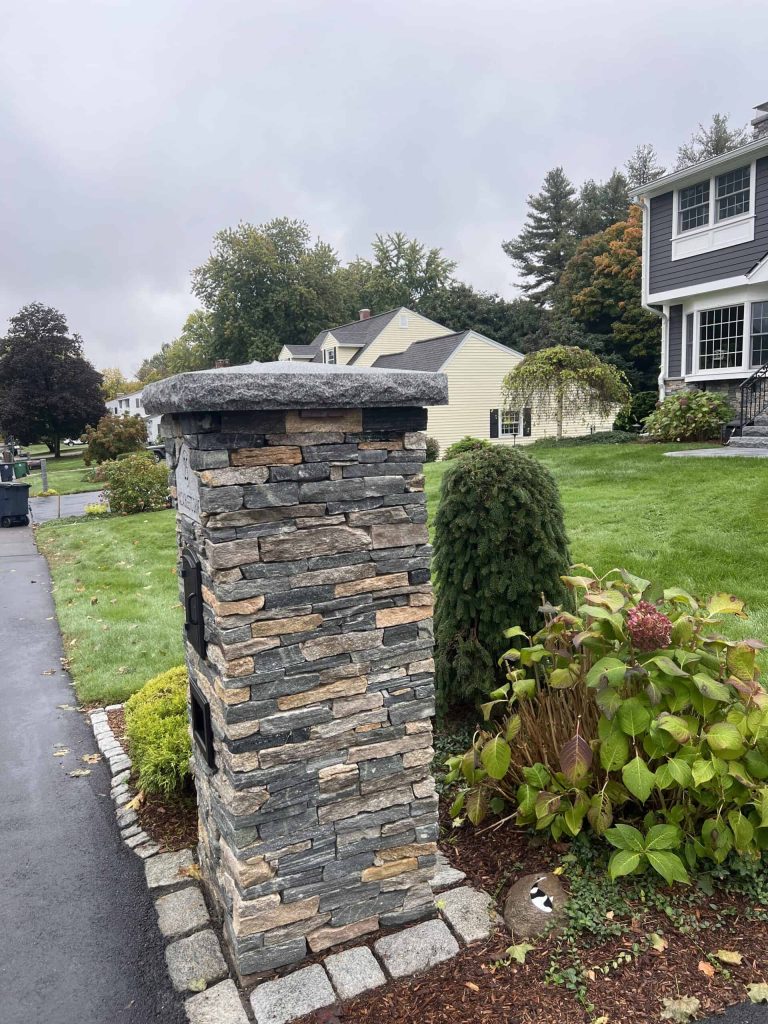
This mailbox post required a footing. Our co-founder chose to use ledgestone building veneer for this application. Building veneer, being thicker and heavier than thin stone veneer, was a better option for the foundation of this post.
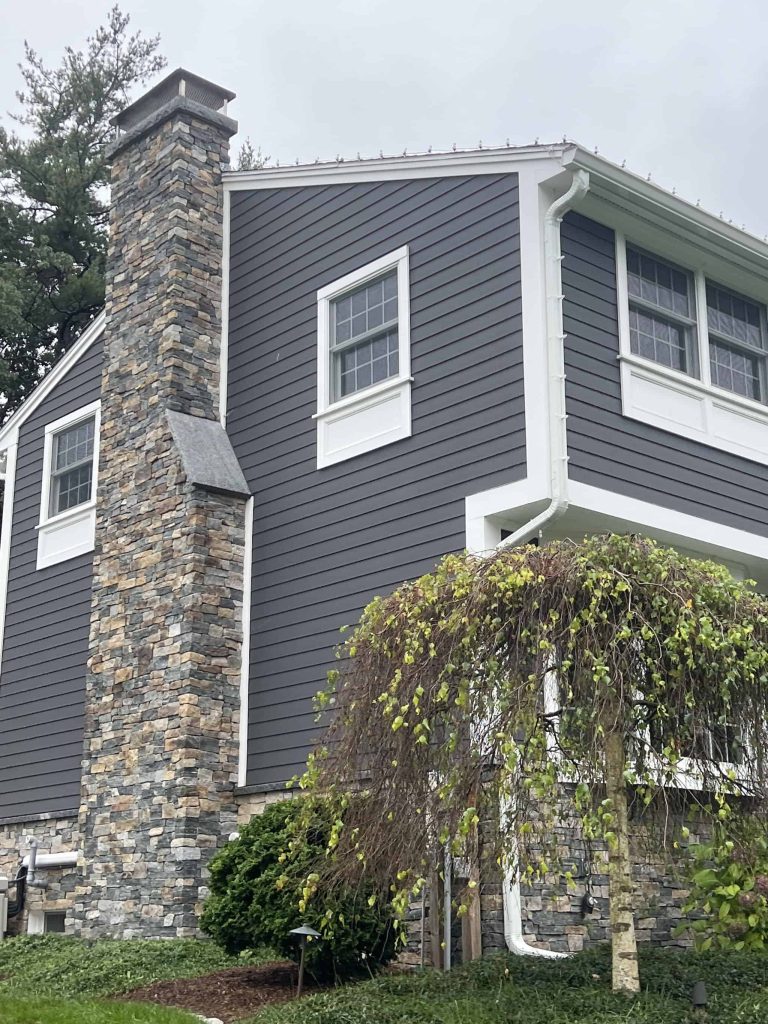
However, there are many cases where the lightweight thin stone veneer may be the optimal option. In this example, our co-founder wanted to cover his brick chimney with stone. He chose thin stone veneer to cover the chimney since the brick already provided a sturdy foundation.
Which Should You Choose: Building Veneer or Thin Veneer?
Ultimately, the best choice between building veneer and Stoneyard natural thin stone veneer depends on your personal preferences, budget, and the specific aesthetic you want to achieve for your home. Consider factors such as the desired look, durability requirements, and installation complexity when making your decision.
